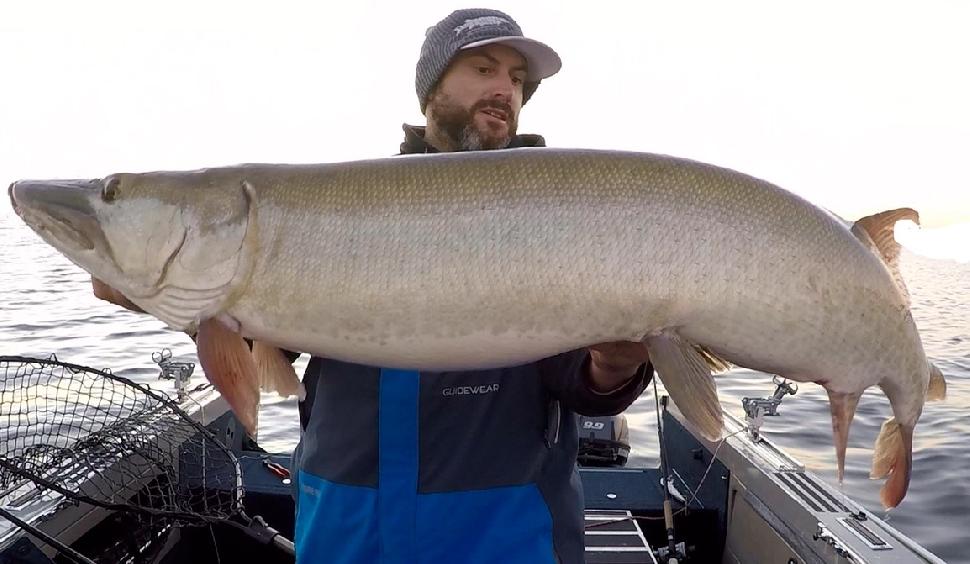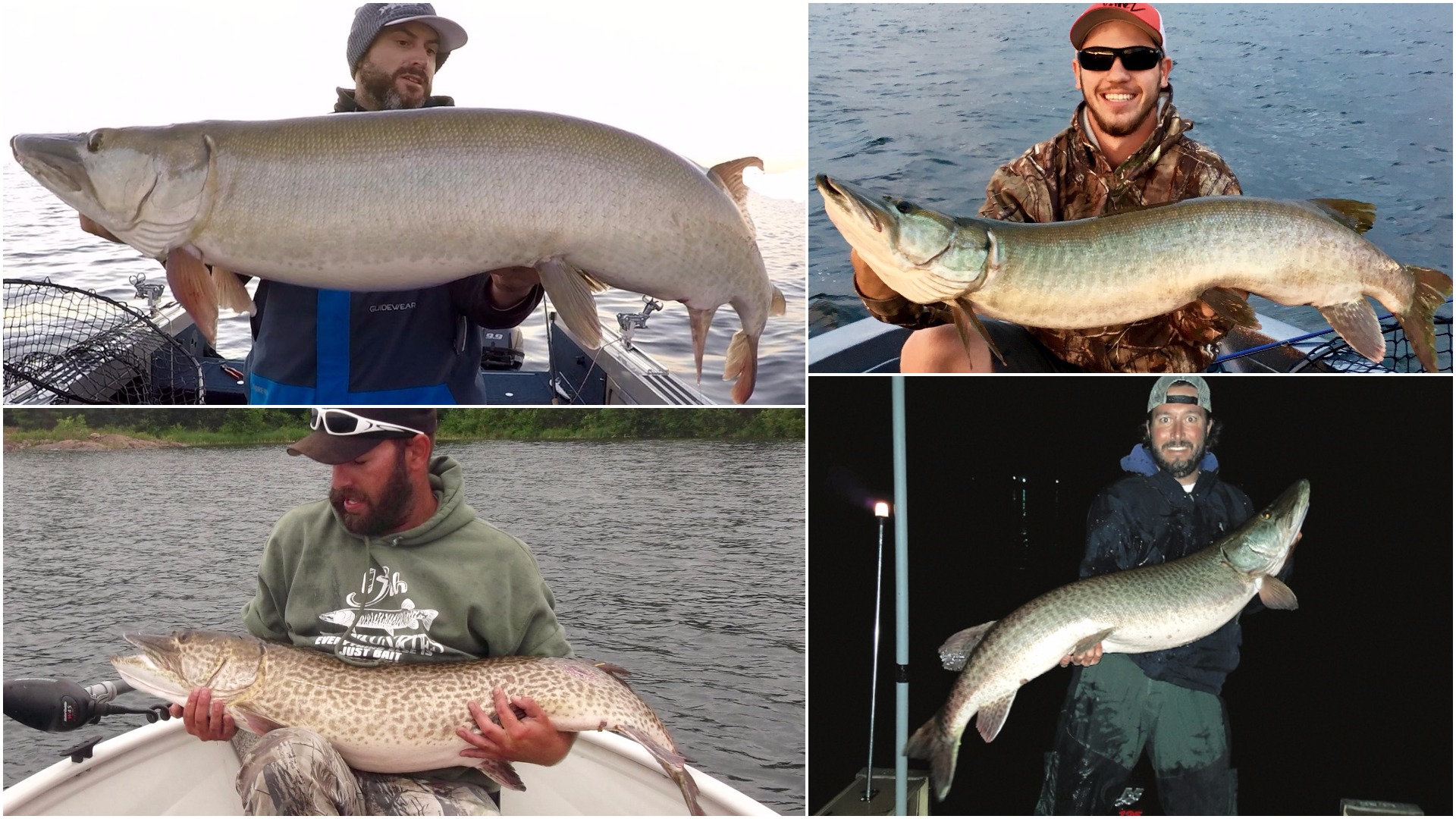On the Move
Secret Strategies That Keep Hard-core Muskie Hunters Catching Giants All Season Long
Advertisement

Electronic Essentials
If you’ve watched any online muskie videos in the past five years, you’ve probably stumbled across a few of Kyle Garon’s, which he posts on his YouTube channel, Slobland Flicks. Garon (above) is a diehard muskie angler, who now guides on Georgian Bay, Lake Nipissing and the French River—some of the toughest waters in Ontario.
One of the main ingredients of Garon’s success over the last 20 years of his muskie career has been his ability to use his electronics to their fullest. He knows that replication is the key to precision and success, making a mapping and waypoint system so invaluable when it comes to trolling.
Advertisement
To start, Garon keeps his waypoints and icons simple and organized. For example, he marks out structure and trolling routes using icons that depict the bottom composition of a particular pass. If he’s fishing a weedline, he uses an icon that resembles weeds; if it’s a rock break, he uses a series of rock icons. He also marks the shallowest point on the structure, and if anything can damage his motor, he marks it with a skull and crossbones. Finally, he drops a waypoint any time he comes into contact with a fish, whether it’s a follow, a strike or a catch. Over time, all of this info will begin to paint a picture and help with figuring out future patterns for a particular piece of structure or waterbody.
Garon also closely monitors his graph. And while he looks for bait, the main thing he’s searching for is a muskie. “Keeping a close eye on your graph will allow you to see a muskie before the rod goes off,” he says. “If the rod doesn’t go off, at least you know there are fish in the area. You can always come back later, or turn around and tweak your presentation to try to get the fish to commit.”

